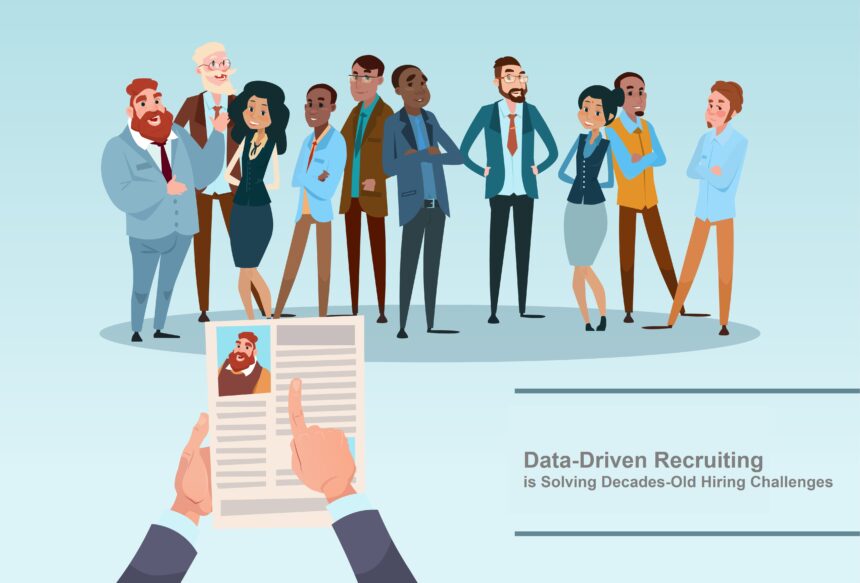One poll found that 78% of employees would leave their current jobs if they could. However, employers still have a hard time finding employees. This would not be the case if they were able to identify employees soon enough and make great offers to them. Bernard Marr recently wrote a compelling piece in Forbes on the role of big data in human resources. Marr said that employers are finding more many ways that data can play a role in recruiting. There are a number of ways that it can be helpful:
- Using brand sentiment analysis to gauge the opinions job seekers hold towards possible employers
- Conducting better skill equity analyses of potential employees to make sure they are the right fit for the company
- Using data mining to monitor social media activity to screen people that would not align with the company culture
- Fact checking resumes to verify educational, employment and other qualifications
Recruiters across the world are optimizing their data recruiting campaigns to get higher quality applicants and make better hiring decisions.
Is Big Data Recruiting Permanently Changing the Future of the Recruiting Sector?
The recruiting field is challenging. New jobs are opening up at a faster rate than employers can fill them. It can often be challenging to find quality candidates with a ton of potential before another employer snaps them up. Fortunately, data-driven recruiting has proven itself to be an effective way of managing the massive amount of data collected during the recruitment process to make it quicker and easier than ever to find the right candidate at the right price. Let’s look at some of the challenges presented by the traditional recruiting model, and how data-driven recruiting helps streamline the process and make it more efficient than ever.
The Challenges
Traditional recruiting methodology limits the efficiency with which the data collected from previous recruiting efforts can be used for future planning. For example, applicant tracking systems have made it very easy to track hundreds of resumes that are submitted to open positions, narrow the choices down to a short list of candidates, and track relevant data like the time taken to fill a job or the costs incurred during the hiring process. Once a candidate is hired, however, the data in the applicant tracking system is isolated from the data in those systems dedicated to active employees. This means no correlation can be directly made between data collected during the hiring process, and the long-term fortunes of an employee once hired. This silo effect makes it difficult to determine if the recruiting process is working as expected or not.
How Data-Driven Recruiting Helps
By bringing together all your employee data from recruitment through hiring and into active employment, recruiters will have all the information they require to meet and exceed their company?s talent needs. By following employees throughout the entire employment life cycle, you will gain a better sense of what to look for in candidates and gain an understanding of what would make them a good or bad employee. Data points like employee turnover, the ratio of qualified to unqualified applicants, and characteristics shared by top talent can all help you home in on what the ideal candidate looks like. The analytics available in a data-driven recruiting methodology has other benefits, such as the ability to provide a more accurate estimate of the time it would take to hire candidates for specific positions. You can also track your pool of candidates to ensure that you’ll achieve your diversity goals. You can also use the information provided by data-driven recruiting to develop more accurate hiring plans that are in line with the current needs of your company. You can forecast employee turnover, make sure you stay within your recruiting budget and account for the movement of employees across departments. Big data can be a great way to create a more holistic workplace in general. Recruiting Magazine points out that is is important for helping maximize employee retention. Big data is also helpful for identifying future hiring needs.
Final Thoughts: Data Driven Recruiting is the Key to Solving Employment Challenges
If you want to create a winning strategy for your IT recruiting company that will attract better candidates, streamline the process, and ensure future success, data-driven recruiting is the way to go. By focusing on what helps and eliminating what doesn?t, you can develop a more efficient and effective process to attract the most driven and innovative candidates in your industry.

